Mastercard MATCH (TMF): What It Is and How Businesses End Up on It

What Is the MATCH List?
MATCH stands for Member Alert to Control High-Risk Merchants: a name that pretty much tells you exactly what it's about. Think of it as Mastercard’s internal security system, a kind of watchlist used by acquiring banks and payment processors to identify merchants who’ve had their processing privileges terminated for cause.
Before they decide to work with you, banks check MATCH to see if you've had any “red flag” moments in your processing history. And if your name’s there? That’s a tough hill to climb.
MATCH is the modern evolution of what used to be called the TMF, short for the Terminated Merchant File. Same idea, just updated for the times.
How Does a Business End Up on It?
Good question, and one I’ve been asked a lot. The short version is this: if a business has its merchant account terminated for certain violations, the acquiring bank is required to report it to Mastercard. The reasons range from the understandable to the downright egregious.
Here are a few of the top triggers:
- Code 04: Excessive Chargebacks – More than 1% of your total volume.
- Code 05: Excessive Fraud – Too many fraudulent transactions.
- Code 03: Laundering – Processing for another entity.
- Code 12: PCI-DSS Non-compliance – Not meeting data security standards.
- Code 13: Illegal Transactions – Selling prohibited products/services.
- Code 14: Identity Theft – Using falsified or stolen credentials.
There are other reasons, including data breaches, insolvency, fraud convictions, and rule violations. Each has its own MATCH code, and none are good for your long-term business prospects.
What Happens When You’re On the MATCH List?
Let’s not sugarcoat it: getting MATCH-listed is like getting blackballed from the payments industry.
- You’ll struggle to get a new merchant account.
- If you do get approved, it’ll be under high-risk terms.
- Your business reputation takes a hit.
Even alternative processors that specialize in high-risk merchants will want to know why you were listed—and how you’ve addressed the root cause.
Can You Get Off the MATCH List?
Yes… but it’s not easy.
Here’s how it works:
- Prove it was a mistake. Your original acquirer can petition Mastercard to remove you.
- Remediate compliance issues. For example, achieving PCI compliance if that was the issue.
But here's the catch: only the acquiring bank that put you on the list can request your removal. So if you parted ways on bad terms, your odds may not be great.
How to Avoid the MATCH List
Like most things in business, prevention is your best play. Here are a few common-sense (but often overlooked) ways to keep yourself out of trouble:
- Manage chargebacks aggressively.
- Follow PCI standards to the letter.
- Don’t play fast and loose with processing.
- Stay legal. Stay ethical. Stay documented.
Final Thoughts
The MATCH list isn’t some corporate boogeyman. It’s a necessary safeguard for the payments ecosystem. But that doesn’t mean you want your name anywhere near it.
If you're a business owner, stay vigilant. Know your processing metrics, understand your risk exposure, and work closely with your acquirer to stay compliant. A good processor isn’t just a service provider; they’re your partner in keeping your operation clean and credible.
And if you're in the merchant services game like we are, helping clients avoid this list is part of the job. Because in this industry, reputation isn’t just earned; it’s everything.
Return to Blog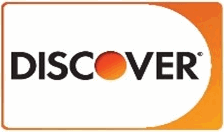
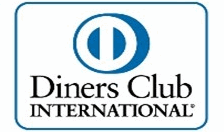
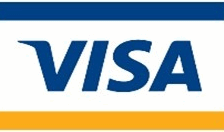
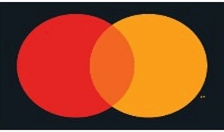
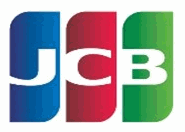
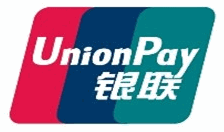
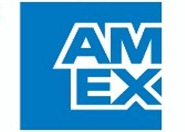

* Created by
